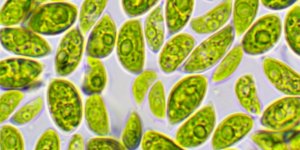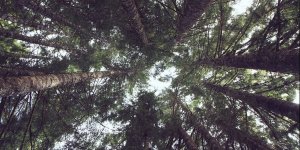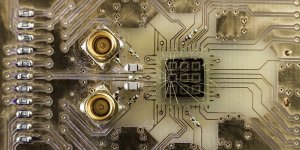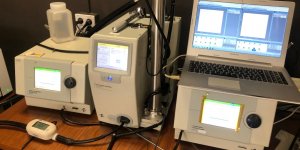| News / Science News |
Outdoor light linked with teens’ sleep and mental health
Research shows that adolescents who live in areas that have high levels of artificial light at night tend to get less sleep and are more likely to have a mood disorder relative to teens who live in areas with low levels of night-time light.

Outdoor light linked with teens’ sleep and mental health. Photo: Yogendra Singh/Unsplash
Daily rhythms, including the circadian rhythms that drive our sleep-wake cycles, are thought to be important factors that contribute to physical and mental health.
The presence of artificial light at night can disrupt these rhythms, altering the light-dark cycle that influences hormonal, cellular, and other biological processes.
Researchers have investigated associations among indoor artificial light, daily rhythms, and mental health, but the impact of outdoor artificial light has received relatively little attention, especially in teens.
In this study, the adolescents completed a validated assessment to determine whether they met the diagnostic criteria for various mental disorders.
The teens also answered questions about their sleep habits, reporting what time they usually went to bed and how many hours of sleep they usually got on weeknights and on weekends.
To gauge the teens’ exposure to outdoor artificial light at night, the researchers used satellite imagery data to calculate the average artificial light levels for each census block group.
Importantly, teens who lived in areas with high levels of artificial light at night tended to report later weeknight bedtimes and shorter weeknight sleep duration.
This association held even after the researchers accounted for various individual-level factors (such as age, sex, race/ethnicity, number of siblings, parental education) and neighborhood-level factors (such as county-level urbanicity and population density).
The analyses showed that, on average, teens in areas with the highest levels of outdoor light went to bed about 29 minutes later and got 11 fewer minutes of sleep than did teens in areas with the lowest levels.
The data showed that greater levels of artificial light at night were also associated with increased likelihood of having a mood disorder or anxiety disorder.
Specifically, teens who lived in areas with higher levels of artificial light at night were more likely to meet the diagnostic criteria for bipolar disorder or specific phobia.
This association is noteworthy because disruptions to sleep and circadian rhythms is a well-documented feature of certain mental disorders, including bipolar disorder.
The study findings point to disrupted sleep as a possible link between artificial nighttime light exposure and mental health outcomes, a link that should be tested in future prospective research.
The study findings also highlight social disparities in exposure to artificial light, indicating that teens who belong to racial/ethnic minority groups, who come from immigrant families, or who come from families with lower income are more likely to live in areas with high levels of outdoor light at night.
To the extent that exposure to artificial light disrupts daily rhythms such as sleep patterns, it could serve as an added stressor for teens who are already at increased risk for health problems due to social disadvantage. (National Institutes of Health)
YOU MAY ALSO LIKE





